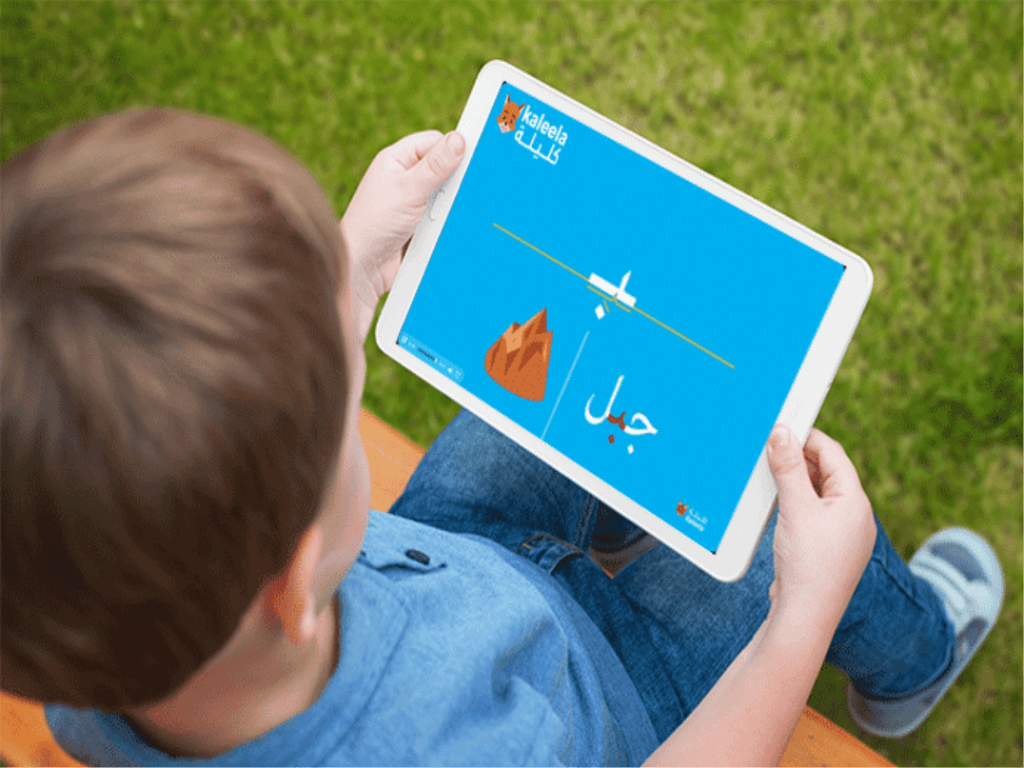Welcome, parents and educators! The journey of learning Arabic is a wonderful adventure, and there’s no better time to start than in early childhood. Introducing Arabic lessons for kindergarten can set a child up for a lifetime of linguistic and cultural appreciation. This article will guide you through the best methods for teaching Arabic to a child and share practical tips to make kids learning Arabic a fun, engaging, and rewarding experience.
Arabic Lessons for Kindergarten: Why Start Early?
Children have a natural ability to absorb new languages with ease. Their brains are incredibly flexible, making early childhood the ideal time for language acquisition. Here’s why introducing Arabic at a young age is a fantastic idea:
- Improved Cognitive Skills: Research shows that bilingual children often develop better problem-solving skills, memory, and multitasking abilities.
- A Natural Ear: Young children can more easily distinguish and reproduce the unique sounds of the Arabic language, including the throatier guttural sounds that are often challenging for adults.
- Cultural Connection: Starting early fosters a natural connection to Arab culture, traditions, and people, opening up a broader worldview from a young age.
- Ease of Learning: For a child, learning a language is more like playing a game than studying, making it a stress-free and joyful experience.
Practical Tips: Teaching Arabic to a Child Through Play
The best way to teach a new language to young children is through play-based and interactive methods. Here’s how you can make Arabic lessons for kindergarten engaging and effective:
- Sing-Alongs and Rhymes: Children learn best through rhythm and repetition. Use simple Arabic songs about the alphabet, numbers, or animals. Popular children’s songs in Arabic are readily available online.
- Storytelling with Visuals: Use colorful Arabic children’s books. Point to the pictures as you read the words aloud. This helps them connect the Arabic words to the visual objects, building a strong vocabulary.
- Interactive Games:
- Flashcards: Create or buy flashcards with pictures and their Arabic names. Make a game out of matching the picture to the word.
- “I Spy” in Arabic: Play a simple version of “I Spy” using colors, objects, or shapes.
- Movement Games: Teach basic commands like اِقْفَزْ (iqfiz – jump) or اِجْلِسْ (ijlis – sit) and have the child act them out.
- Start with Basic Vocabulary: Focus on core vocabulary that is relevant to a child’s world.
- Colors (أَلْوَان – ʾalwān)
- Numbers (أَرْقَام – ʾarqām)
- Animals (حَيَوَانَات – ḥayawānāt)
- Family Members (عَائِلَة – ʿāʾilah)
- Everyday Objects (أَشْيَاء – ʾashyāʾ)
Creating a Positive Environment for Kids Learning Arabic
The environment you create is just as important as the methods you use.
- Consistency is Key: Keep sessions short (10-15 minutes) but do them regularly. Consistent exposure, even in small doses, is more effective than long, infrequent sessions.
- Make it Fun!: Never force a child to learn. Use praise and encouragement. Associate learning with positive emotions and fun activities.
- Leverage Technology: There are many excellent educational apps designed specifically for kids learning Arabic. These can provide interactive games, videos, and quizzes that feel more like play than school.
- Speak the Language: Try to use simple Arabic phrases with your child in daily life, like “صباح الخير” (ṣabāḥ al-khayr – good morning) or “تفضل” (tafaḍḍal – please).
A Rewarding Journey for Parents and Children
Introducing Arabic lessons for kindergarten is a fantastic gift you can give a child. It is a rewarding journey that not only teaches them a beautiful language but also opens their minds to a new culture and a broader world.
Ready to start this wonderful journey with your child? Download the Kaleela Arabic learning app today! Our comprehensive lessons are designed with fun, interactive methods perfect for teaching Arabic to a child, making their first steps into the Arabic language a joyful and memorable experience.



